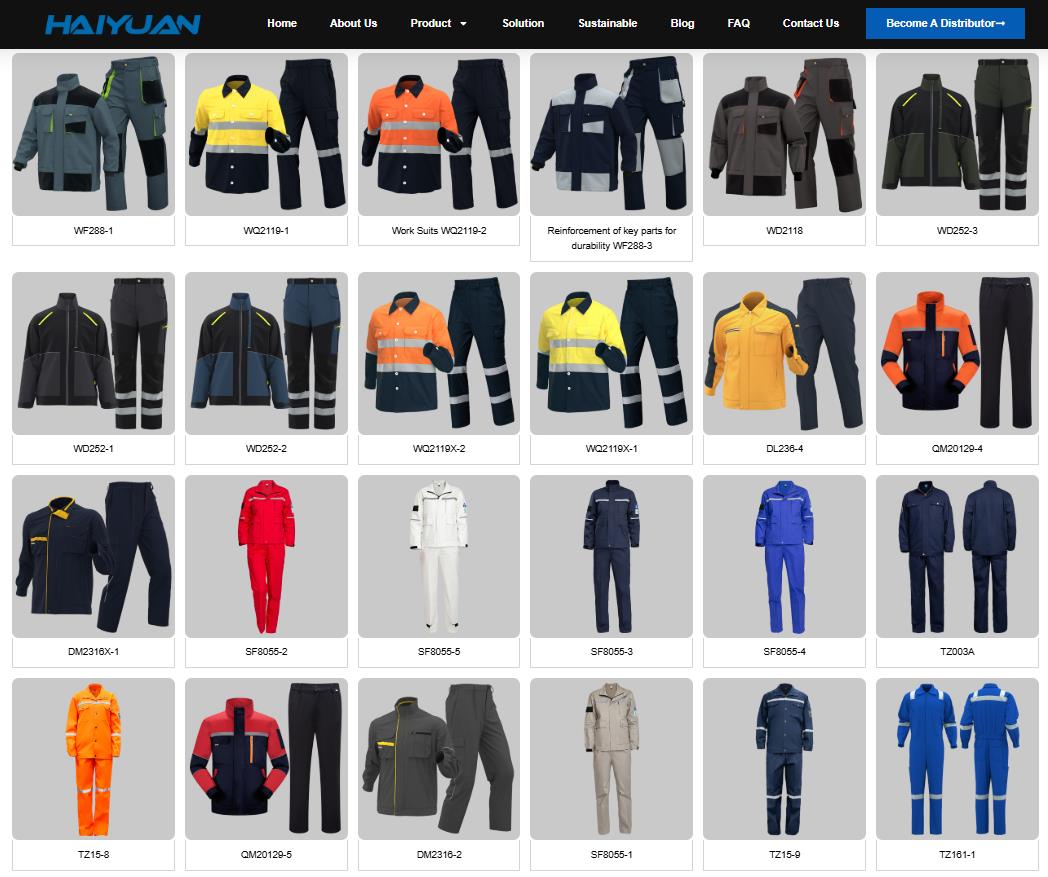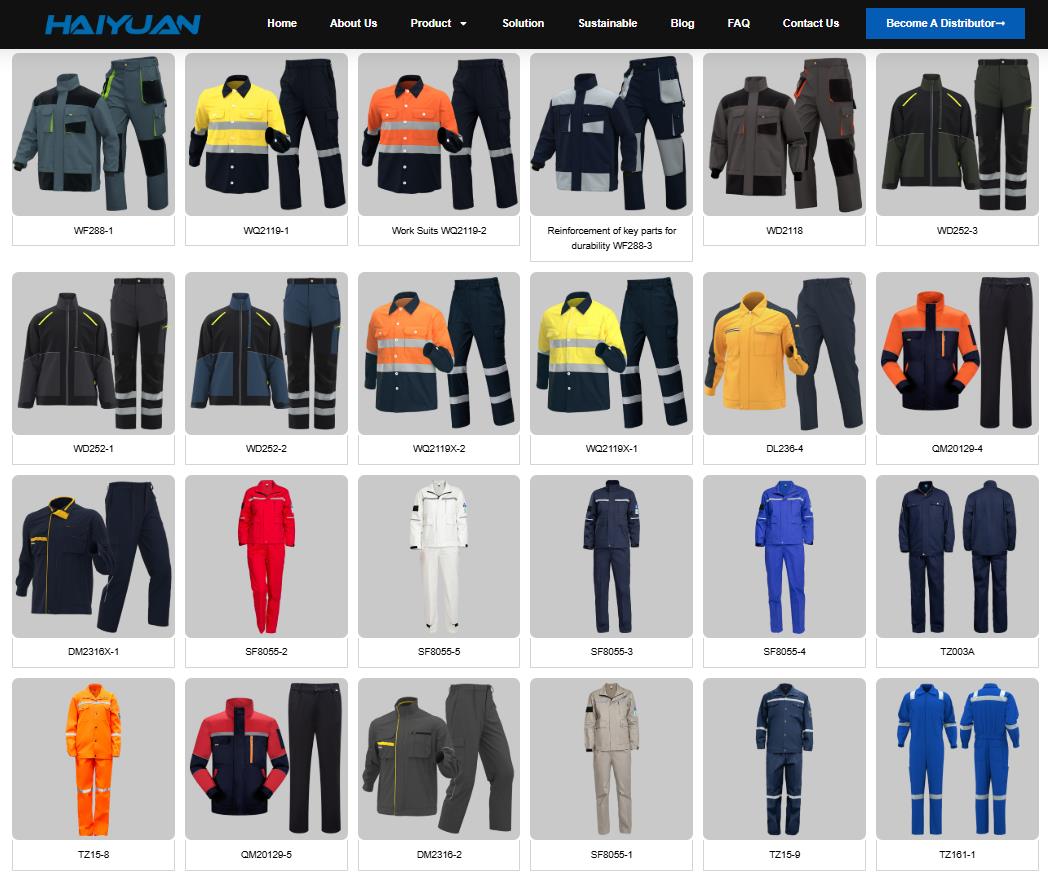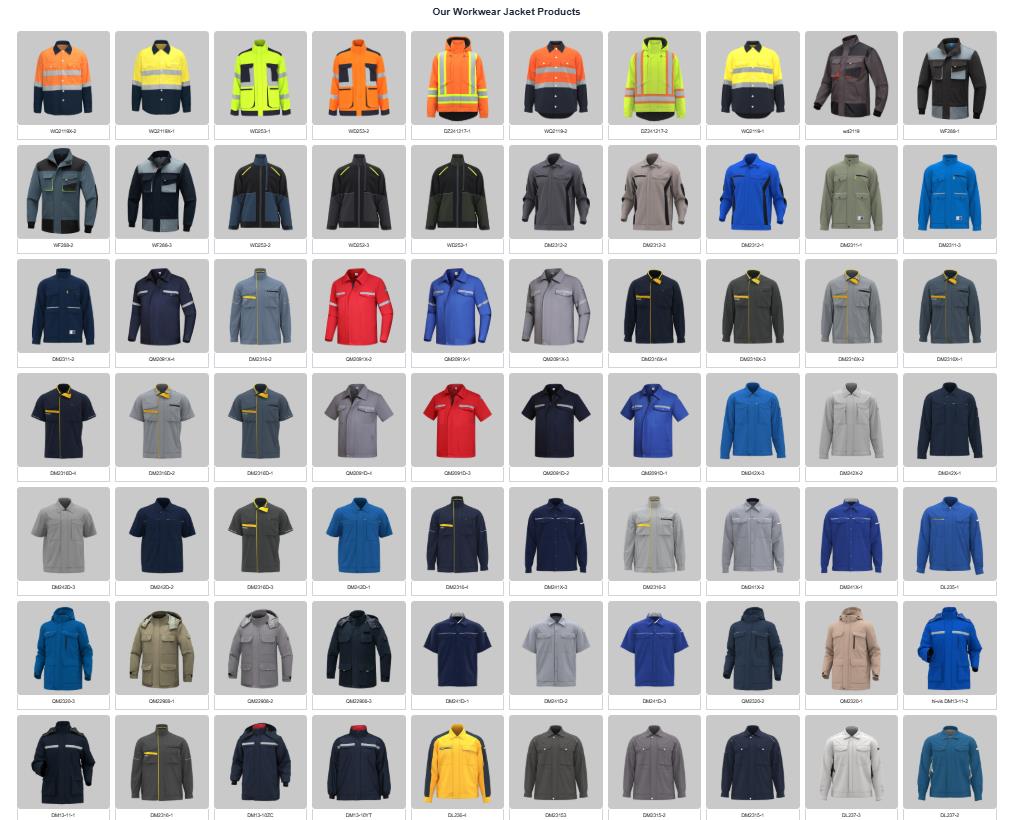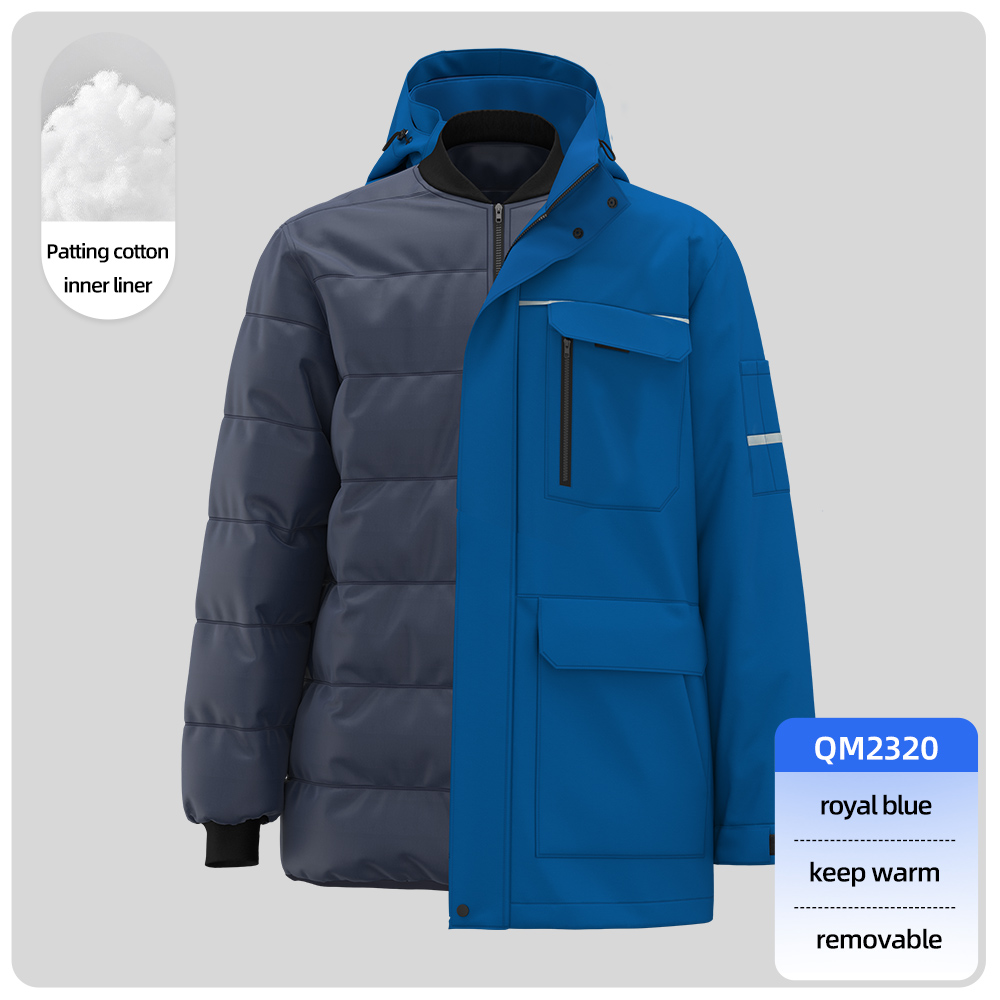Work clothes manufactured in China are typically cheaper due to a combination of factors that create significant cost advantages in production, supply chain, and scale. Here’s a breakdown of the key reasons:
1. Massive Economies of Scale
-
Factory Size & Output: Chinese factories operate at enormous scales, producing millions of units monthly. High-volume production spreads fixed costs (machinery, facilities, labor) over more units, lowering per-item costs.
-
Bulk Material Purchasing: Factories buy fabrics, zippers, buttons, and other materials in colossal quantities, securing deep discounts from suppliers.
2. Lower Labor Costs
-
Wage Disparity: Despite rising wages in coastal regions, Chinese manufacturing wages remain lower than in Western countries (e.g., $400–$800/month for skilled workers vs. $2,000–$4,000+ in the EU/US). Inland provinces offer even lower labor costs.
-
Efficient Labor Pool: China has generations of experienced garment workers trained for high-speed, standardized production.
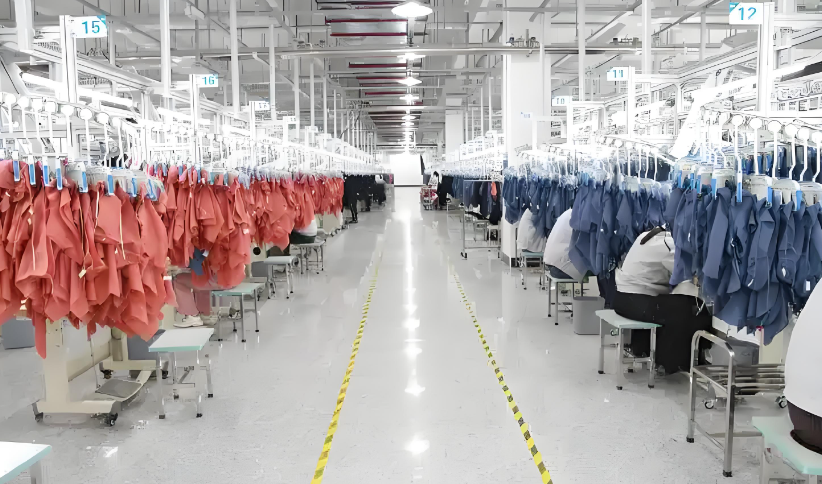
3. Integrated Supply Chain Ecosystem
-
“Cluster” Manufacturing: Entire industrial zones specialize in textiles (e.g., Guangdong for knitwear, Zhejiang for denim). Factories, dye houses, button makers, and trim suppliers are located within miles of each other, minimizing transport/logistics costs.
-
Reduced Lead Times: Local access to every production input (fabric, hardware, labels) avoids import delays and tariffs.
4. Government Support & Infrastructure
-
Subsidies: Chinese manufacturers often benefit from state subsidies for energy, land, exports, or technology upgrades.
-
Modern Infrastructure: Ports, highways, rail networks, and industrial parks are built at scale, reducing logistics friction.
5. Advanced Manufacturing Technology
-
Automation: China leads in adopting automated cutting, sewing, and embroidery machines, boosting output while reducing labor dependency.
-
Vertical Integration: Large factories control every step (spinning yarn → dyeing → cutting → sewing → packaging), eliminating middleman markups.
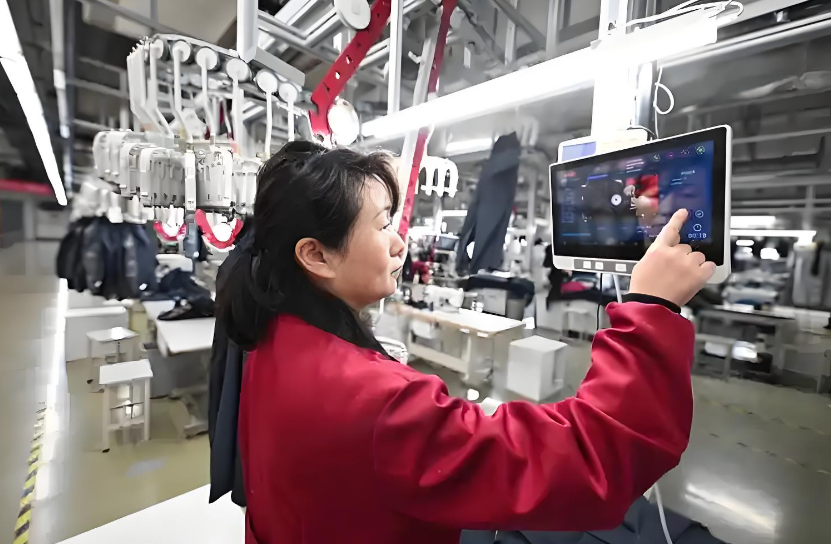
6. Minimal Regulatory Compliance Costs
-
Lighter Environmental/Labor Regulations: Enforcement of labor safety, overtime, or environmental standards is often less stringent (or less costly to comply with) than in the EU/US, reducing overhead. Note: This is changing gradually.
7. Currency Advantage
-
Managed Exchange Rate: Historically, China’s currency policy kept the yuan undervalued, making exports artificially cheaper. While less impactful today, it contributed to decades of pricing dominance.
8. Specialization & Expertise
-
Decades of Focus: China has refined garment manufacturing processes for efficiency (e.g., “lean” workflows, strict QA systems). Mastery reduces waste and defects.
9. Competitive Pressure
-
Domestic Market Competition: Thousands of factories compete fiercely on price, driving continuous innovation in cost-cutting.
⚠️ Important Caveats:
-
Quality Variability: Lower costs can sometimes mean lower quality (e.g., thinner fabrics, loose stitching), but many Chinese factories now produce high-quality workwear at competitive prices.
-
Rising Costs: Wages, tariffs, and compliance costs are increasing in China, narrowing the gap with countries like Vietnam or Bangladesh.
-
Ethical/Environmental Concerns: Cheap production sometimes correlates with poor labor practices or pollution. Brands increasingly audit factories for compliance.
In Summary:
China’s scale, supply chain integration, infrastructure, and specialized labor allow it to produce work clothes at unmatched cost efficiency. While prices are rising, the ecosystem remains hard to replicate elsewhere—making “Made in China” hard to beat for budget-conscious bulk buyers.
Useful Links

